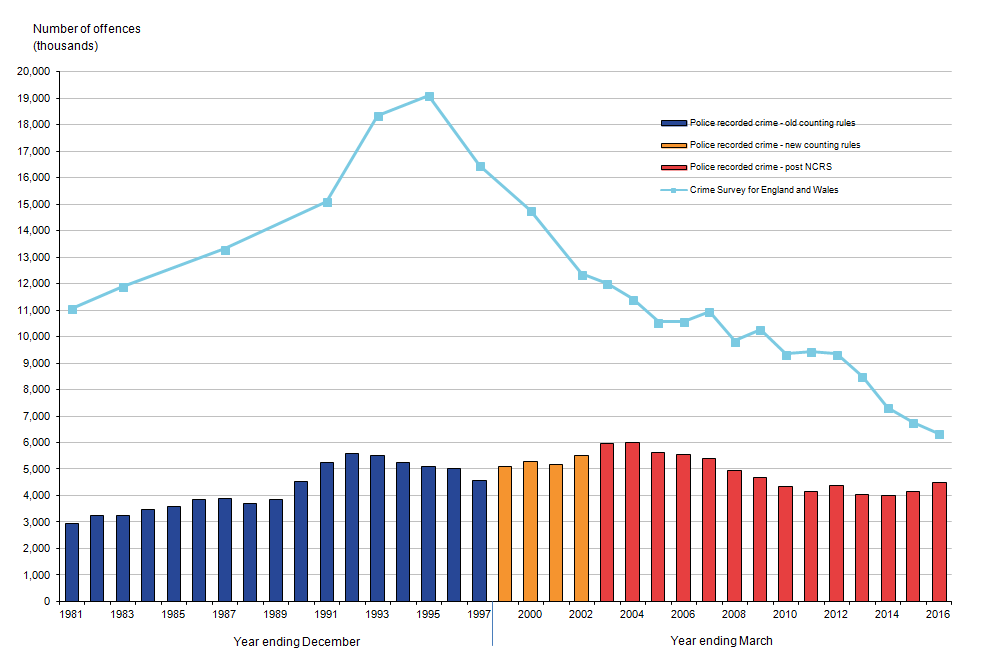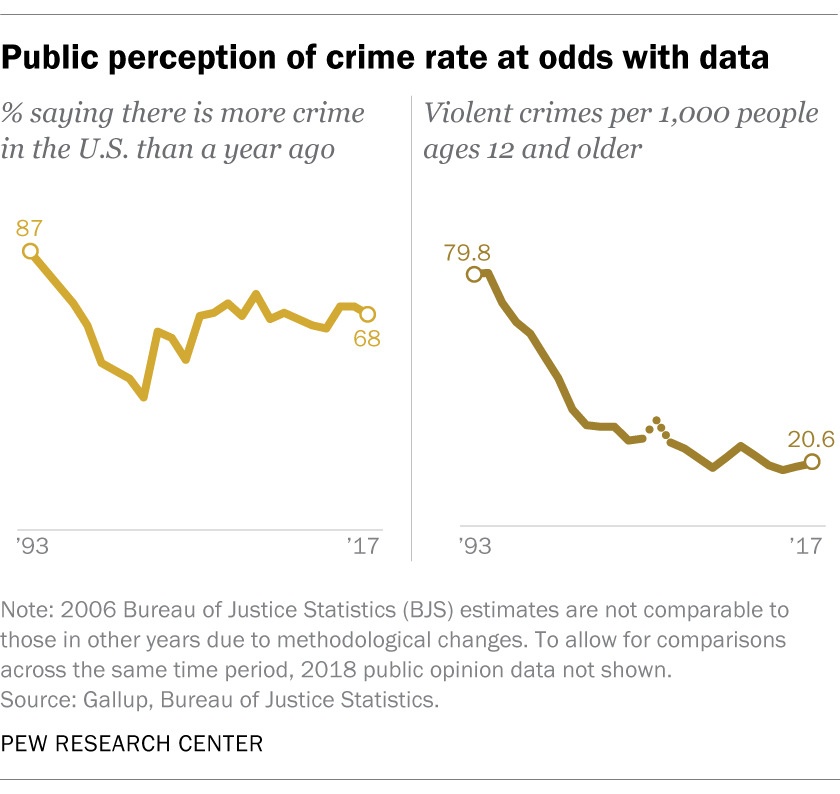From a criminological and economic perspective, central questions include the following: (1) to what extent legalized casino gambling has impacted rates of pathological gambling, (2) what its. Property crime and violent crimes rates in the areas with video gambling went up by more than 6 and 7 percent in areas around Chicago, according to the study. Local business can improve as employees have more money to spend and increased tax collection can be used to improve public services, like schools and hospitals. But, there's also generally an.
High crime rates are seen in countries or areas with high poverty levels and low job availability. Strict police enforcement and severe sentences tend to reduce crime rates. There is a strong correlation between age and crime, with most crimes, especially violent crimes, being committed by those ages 20-30 years old. The crime rate in the. On the other hand they may also increase crime rates through various other channels that include 'problem and pathological gambling,' casino visitors from outside, 'increased payoff to crime' due to 'higher concentration of cash and potential victims,' and an undesirable type of local development.
Gambling hasn't always been an accepted form of entertainment. Many religions view gambling in any form as sin. This has caused gambling to be something that wasn't done in public settings orwith anyone's knowledge.
Gambling has been associated with crime from the very beginning. Gambling has been how many organized crime syndicates have funded their endeavors, or used it to launder money. When gamblingbecame legal the amount of crime related to gambling began to decrease.
There are many different forms of crime that can be related to gambling–back room card games, card counting, slot machine rigging, loansharking, book making, and sports betting. Each of theseoffenses can bring you trouble if you aren't connected to the right people.
Gambling today, even with so many states moving in the direction to legalize most forms, can cause trouble due to corruption and addiction. Neither of these are directly related to the games butcan be just as dangerous for the industry and those who like to play. People's feelings are fickle and can change on the flip of a coin, which could lead to another mass ban on gambling.
The claim: There are significant race-based disparities in civilian homicide rates, but not in police homicide rates.
© Noah Berger, AP Romeo Ceasar holds a sign during a Black Lives Matter protester on Monday, July 20, 2020, in Portland, Oregon.A viral meme purports to list homicide statistics by race in the United States, as follows:
- Whites killing Blacks — 2%
- Police killing whites — 3%
- Whites killing whites — 16%
- Blacks killing whites — 81%
- Police killing Blacks — 1%
- Blacks killing Blacks — 97%
The page behind one viral version of the post, I Support Law Enforcement Officers, had over 611 shares on its post. USA TODAY has reached out to the page for comment.
Some versions of the meme include this line: 'America does have a problem. But it's not what the media tells you it is.'
More: Fact check: What's true and what's false about voting by mail in 2020
Rates of white-on-white and Black-on-Black homicide are similar, at around 80% and 90%
Overall, most homicides in the United States are intraracial, and the rates of white-on-white and Black-on-Black killings are similar, both long term and in individual years.
Between 1980-2008, the U.S. Department of Justice found that 84% of white victims were killed by white offenders and 93% of Black victims were killed by Black offenders.
Sugar creek casino event center seating. In 2018, the Federal Bureau of Investigation reported that 81% of white victims were killed by white offenders, and 89% of Black victims were killed by Black offenders.
In 2017, the FBI reported almost identical figures — 80% of white victims were killed by white offenders, and 88% of Black victims were killed by Black offenders.
Though the numbers differ year-to-year, the stark difference that the viral post attempts to portray between the rates of white-on-white and Black-on-Black homicide — which it puts at 16% and 97%, respectively — is inaccurate.
Both numbers tend to hover between 80% and 90% and remain within 10 percentage points of each other.
Rates of Black-on-white and white-on-Black homicide also within 8 points
Likewise, the post attempts to portray a gulf in the rate of Black-on-white and white-on-Black homicide — which it lists at 81% and 2%, respectively.
Statistics from the FBI in 2018 and 2017 contradict that claim.
In 2018, 16% of white victims were killed by Black offenders, while 8% of Black victims were killed by white offenders.
Similarly, in 2017, 16% of white victims were killed by Black offenders, while 9% of Black victims were killed by white offenders. Dominique potenza poker game.
In both years, the numbers remained within eight percentage points, a much smaller gap than the 79% alleged in the viral post.
Police kill Black people at disproportionate rates

Though nationwide statistics are less readily available, multiple studies have found that police kill Black people at disproportionate rates.

Though nationwide statistics are less readily available, multiple studies have found that police kill Black people at disproportionate rates.
A study in the American Journal of Preventative Medicine in 2016 examined all 812 fatalities that resulted from use of lethal force by on-duty law enforcement from 2009-2012 in 17 states. The study used National Violent Death Reporting System data.
The majority of victims were white people, at 52%, but 'black victims were over-represented (32.4%) relative to the U.S. population.' The fatality rate was 2.8 times higher among Black victims than white victims.
Most victims were reported to be armed, at 83%, but black victims were more likely to be unarmed, at 14.8%, than white victims, at 9.4%, the study found.
Similarly, a study published in the Proceedings of the National Academy of Sciences in 2019 found that Black men and women are killed by police at higher rates than their white counterparts.
Specifically, Black men are about 2.5 times more likely to be killed by police over the course of their lifetime than white men, while Black women are about 1.4 times more likely to be killed by police than white women.
Both studies reveal that the claim from the viral post that police kill white people at 3% and Black people at 1% is false.
Gambling And Crime Rate Statistics Worldwide
Our rating: False
Based on our research, all six purported homicide statistics in the viral post are FALSE. The significant race-based disparities are also false. In reality, rates of white-on-white and Black-on-Black homicides are similar and remain within 10 percentage points of each other, around 80% and 90%, respectively. Likewise, rates of Black-on-white and white-on-Black homicide remain within eight percentage points of each other, at around 16% and 8%. And police kill Black people at disproportionate and much higher rates than they kill their white counterparts.
Our fact-check sources:
- U.S. Department of Justice, Bureau of Justice Statistics, November 2011, Homicide Trends in the United States, 1980-2008
- Federal Bureau of Investigations, Uniform Crime Reporting, Crime in the United States 2018, Expanded Homicide Data Table 6
- National Library of Medicine, American Journal of Preventative Medicine, November 2016, Deaths Due to Use of Lethal Force by Law Enforcement
- Proceedings of the National Academy of Sciences, August 2019, Risk of being killed by police use of force in the United States by age, race–ethnicity, and sex
Thank you for supporting our journalism. You can subscribe to our print edition, ad-free app or electronic newspaper replica here.
Our fact check work is supported in part by a grant from Facebook.
Gambling And Crime Rate Statistics Graph
This article originally appeared on USA TODAY: Fact check: Rates of white-on-white and Black-on-Black crime are similar